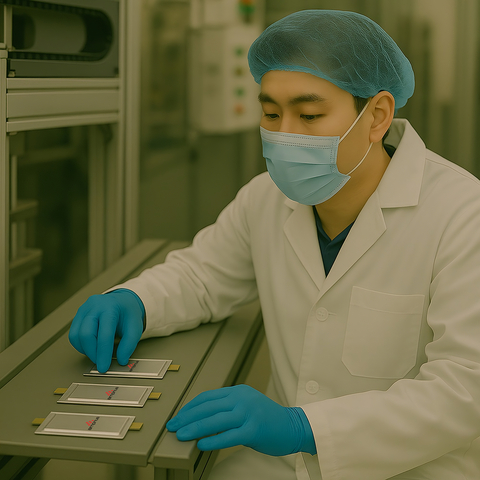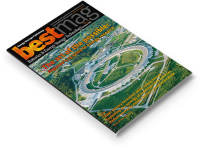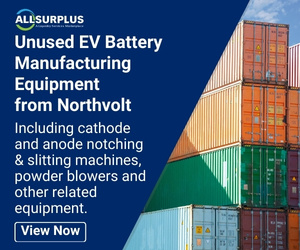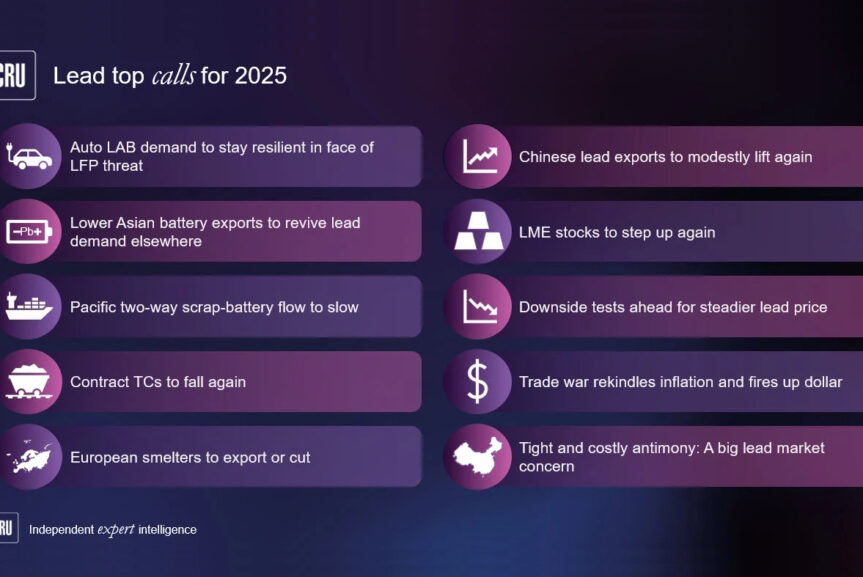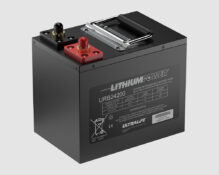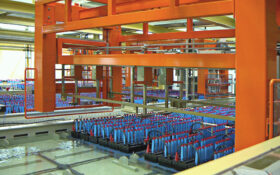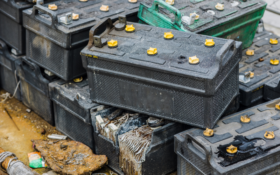Separator firm Daramic will showcase their way of tackling the challenges placed upon lead–acid batteries as the automotive, motive-power and golf-cart markets demand greater power in an efficient and sustainable manner at the 18ABC.
Daramic’s densely packed separator profile, which is compression resistant, has an approximate 35 rib profile design that provides a ‘compression’ layer that restrains swelling and reduces the area of unsupported active material.
Cycle life testing (VW 17.5% PSoC Test) shows a 3x improvement comparing standard SLI separator versus Daramic compression resistant separator design.
Kevin Whear, VP of Technology at lead-acid separator firm Daramic, will discuss the technology’s ability to address the impact of partial-state-of-charge (PSoC) on the battery, including charge-acceptance and water loss during the first day of the conference*.
He will present findings that deliver detailed and novel solutions that support the Consortium of Battery Innovation (CBI) in achieving its performance targets for advancing lead-acid batteries.
The presentation will cover the many incremental modifications, their impact to extending cycle-life and offer a pathway to meet the challenging industry goals, including the performance targets for PSoC cycle life, dynamic charge acceptance, water loss and corrosion set by CBI.
Daramic has invested heavily in research to understand how the separator may influence and support CBI in achieving these targets including increasing acid to the negative, prevention of active material swelling, and additions of carbon.
Whear said: “Some battery manufacturers have held the position that negative enveloping, that is inserting the negative plate into an enveloped separator, is best practice for battery design given the negative plate’s propensity to form battery crippling dendrite growth.
“However, the downside to this is restricting electrolyte to the negative plate. This negatively affects partial state of charge performance by as much as 2x versus positive wrapping.”
Daramic supports acid to the negative through its recommendation to use positive enveloping in PSoC applications. Taking it a step further, Daramic has developed a proprietary rib design called a Negative Cross Rib or mini-ribs on the negative side of the separator, which help to maximise available acid usage.
“Typically, the negative side of the separator is flat. By placing mini-ribs on the negative side you create channels that leverage diffusive forces to increase acid to the negative. This is especially beneficial when positive enveloping is employed,” said Whear.
“A second area that supports life improvement is prevention of active material swelling. The deeper discharged states required of batteries today create more opportunities for active material swelling.
“As the swelling increases, active material will eventually become unsupported, inactive, or even shed.”
An industry trend, which is widely known, is adding carbon to the battery system, typically in the negative active material,” said Whear.
“Carbon provides nucleation sites so that smaller lead sulfate crystals are formed. Ultimately, this improves charge acceptance. However, one key drawback to adding carbon is rapid hydrogen evolution.”
Daramic’s Carbon Coated Separator leverages a porous carbon layer to deliver carbon directly where lead sulfate first forms— the negative plate outer surface. The high surface area carbon that is applied to the separator increases capacitance effect and nucleation sites, which improve dynamic charge acceptance by as much as 2.4x versus standard separators. Additionally, the Daramic Carbon Coated Separator goes through a post-treatment process after carbon is applied, which reduces waterloss by 25% versus standard separators.
Kevin Whear’s presentation ‘Partial State-of-Charge Operation and Modifications to Extend Battery Life’ begins at 11.50am on Wednesday, 4 September
Visit Daramic at stand numbers: H25&H34




